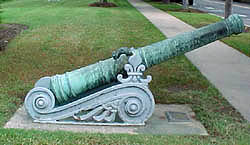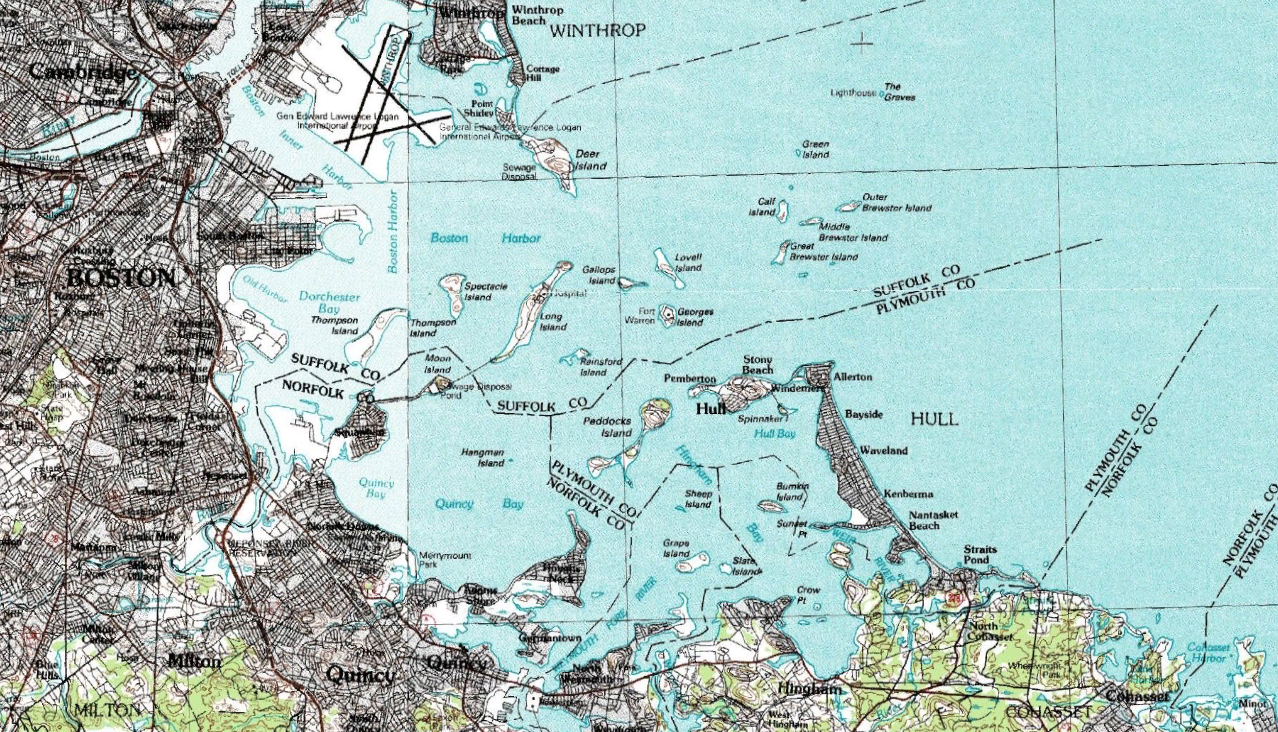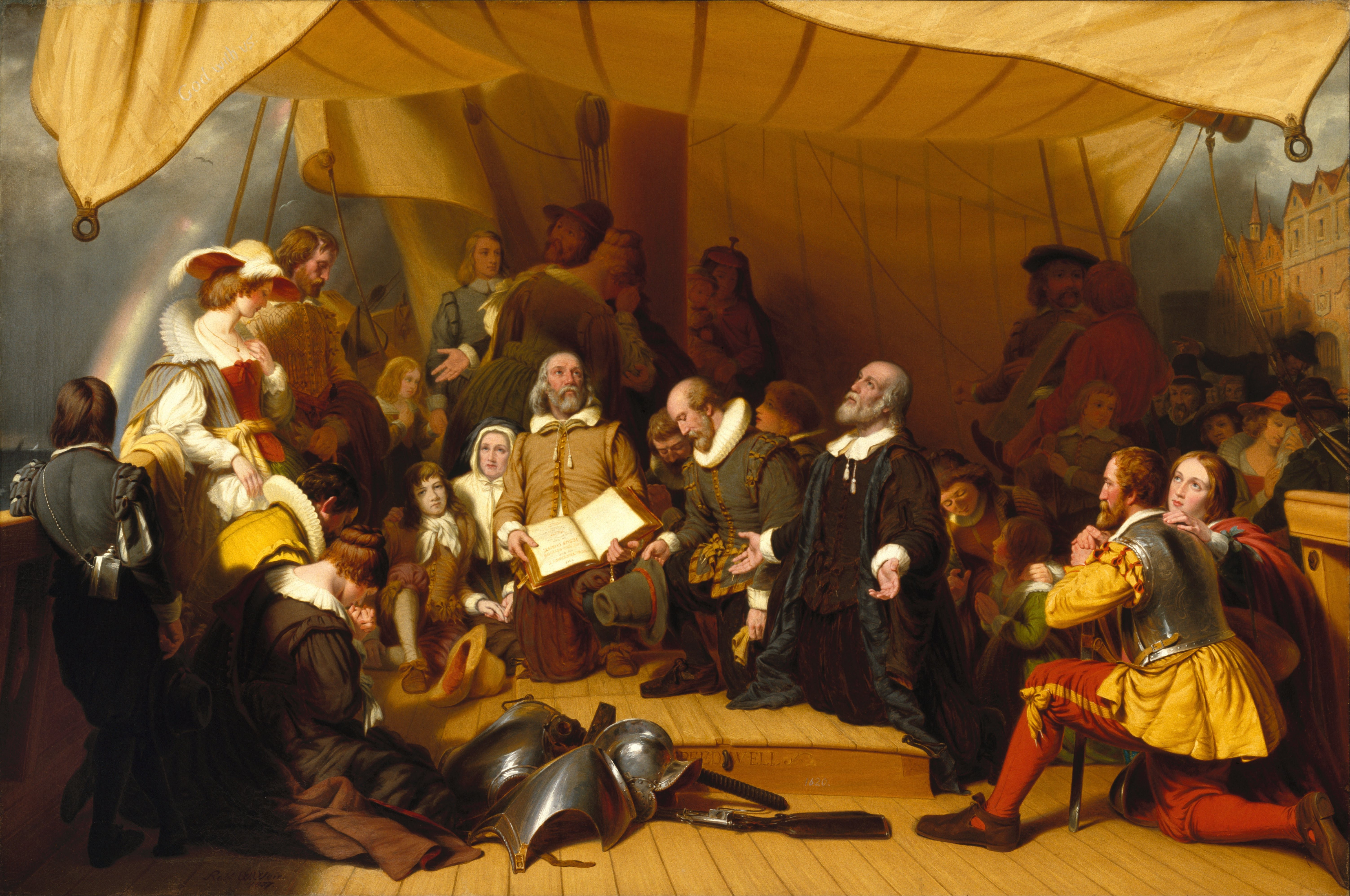|
Saker (cannon)
The saker was a medium cannon, slightly smaller than a culverin, developed during the early 16th century and often used by the English. It was named after the saker falcon, a large falconry bird native to the Middle East. A saker's barrel was approximately 9.5 ft (2.9 m) long, had a calibre of 3.25 inches (8.26 cm), and weighed approximately 1,900 lb (860 kg). It could fire round shot weighing 5.25 lb (2.4 kg) approximately 2,400 yards (2.3 km) using 4 lb (1.8 kg) of black powder. The shot was intended to bounce along the ground to cause as much damage as possible, the explosive shell being rare before the 19th century. Tests performed in France during the 1950s show that a saker's range was over 3,000 yards (2.7 km) when fired at a 45-degree angle. Henry VIII amassed a large arsenal of sakers in the early 16th century as he expanded the Royal Navy and came into conflict with France. Henry's foundries used so much ... [...More Info...] [...Related Items...] OR: [Wikipedia] [Google] [Baidu] |
Saker
Saker may refer to: * Saker falcon (''Falco cherrug''), a species of falcon * Saker (cannon), a type of cannon * Saker Baptist College, an all-girls secondary school in Limbe, Cameroon * Grupo Saker-Ti, a Guatemalan writers group formed in 1947 * Changwon LG Sakers, a South Korean basketball team * Saker Cars, a sports car designed in New Zealand * HMS Saker, HMS ''Saker'', a Royal Navy ship * Saker LSV, a British Army light vehicle People * Alan Saker (1921–2001), Australian rules footballer * Alfred Saker (1814–1880), British Christian missionary to West Africa * Annie Saker (1882–1932), English actress * David Saker (born 1966), Australian first-class cricketer * Dora Saker (1888–1926), cheese-maker for Somerset County Council * Edward Saker (1838–1883), British actor-manager * Frank Saker (1907–1980), Canadian flatwater canoeist * Neil Saker (born 1984), English cricketer * Rivka Saker, Israeli philanthropist and art collector * Sardar Saker (1904–1973), Indian fil ... [...More Info...] [...Related Items...] OR: [Wikipedia] [Google] [Baidu] |
William III Of England
William III (William Henry; ; 4 November 16508 March 1702), also widely known as William of Orange, was the sovereign Prince of Orange from birth, Stadtholder of Holland, Zeeland, Utrecht, Guelders, and Overijssel in the Dutch Republic from the 1670s, and King of England, Ireland, and Scotland from 1689 until his death in 1702. As King of Scotland, he is known as William II. He is sometimes informally known as "King Billy" in Ireland and Scotland. His victory at the Battle of the Boyne in 1690 is commemorated by Unionists, who display orange colours in his honour. He ruled Britain alongside his wife and cousin, Queen Mary II, and popular histories usually refer to their reign as that of "William and Mary". William was the only child of William II, Prince of Orange, and Mary, Princess Royal, the daughter of King Charles I of England, Scotland, and Ireland. His father died a week before his birth, making William III the prince of Orange from birth. In 1677, he married h ... [...More Info...] [...Related Items...] OR: [Wikipedia] [Google] [Baidu] |
Michael Richards (engineer)
Michael Richards (1673–1721) was an Irish military engineer who rose to become Chief Engineer of Great Britain and Surveyor-General of the Ordnance. He was the son of Jacob Richards, also a leading military engineer, and the grandson of Solomon Richards. The family were Irish Protestants who owned land in County Wexford. His elder brothers Jacob and John Richards both pursued military careers. He was commissioned in 1692 (although he may have seen earlier service in the Williamite War in Ireland) and served in Flanders in the Nine Years War. He accompanied an expedition to Newfoundland in 1697. He played a role in rebuilding the town of St. John's which had been destroyed in a French attack. In 1711, he was appointed as Chief Engineer of Great Britain, a position that had gone unfilled since the death of Sir Martin Beckman in 1702.Ostwald, p. 157. On the reappointment of John Churchill, 1st Duke of Marlborough, as Master-General of the Ordnance in 1714, his protégé Rich ... [...More Info...] [...Related Items...] OR: [Wikipedia] [Google] [Baidu] |
Boston Harbor
Boston Harbor is a natural harbor and estuary of Massachusetts Bay, and is located adjacent to the city of Boston, Massachusetts. It is home to the Port of Boston, a major shipping facility in the northeastern United States. History Since its discovery to Europeans by John Smith in 1614, Boston Harbor has been an important port in American history. Early on, it was recognized by Europeans as one of the finest natural harbors in the world due to its depth and natural defense from the Atlantic as a result of the many islands that dot the harbor. It was also favored due to its access to the Charles River, Neponset River and Mystic River which made travel from the harbor deeper into Massachusetts far easier. It was the site of the Boston Tea Party, as well as almost continuous building of wharves, piers, and new filled land into the harbor until the 19th century. By 1660, almost all imports came to the greater Boston area and the New England coast through the waters of Bos ... [...More Info...] [...Related Items...] OR: [Wikipedia] [Google] [Baidu] |
Castle Island (Massachusetts)
Castle Island is a peninsula in South Boston on the shore of Boston Harbor. In 1928, Castle Island was connected to the mainland by a narrow strip of land and is thus no longer an island. It has been the site of a fortification since 1634, and is currently a recreation site and the location of Fort Independence. History In 1632, a fortification was constructed on Fort Hill to defend the town. In 1634, Boston sought defenses farther out in the harbor, on one of the numerous islands which protected the port. In July 1634, the town decided to build a fortification on Castle Island. Deputy Governor Roger Ludlow and Captain John Mason of Dorchester supervised construction of the fort. After a structure was built on the northeast side of the island, the General Court resolved that the fort at Castle Island should be completed before any other fortification was begun. The fort was later known as Castle William and required incoming ships to recognize the fortification and would ... [...More Info...] [...Related Items...] OR: [Wikipedia] [Google] [Baidu] |
Fort Independence (Massachusetts)
Fort Independence is a granite bastion fort that provided harbor defenses for Boston, Massachusetts. Located on Castle Island, Fort Independence is one of the oldest continuously fortified sites of English origin in the United States.Wilson, 312. The first primitive fortification, called "The Castle", was placed on the site in 1634 and, after two re-buildings, replaced circa 1692 with a more substantial structure known as Castle William.Roberts, pp. 402-404 Re-built after it was abandoned by the British during the American Revolution, Castle William was renamed Fort Adams and then Fort Independence. The existing granite fort was constructed between 1833 and 1851. Today it is preserved as a state park and fires occasional ceremonial salutes. Fort Independence was added to the National Register of Historic Places in 1970.Massachusetts Department of Conservation and Recreation History Castle William The site of Fort Independence has been occupied by various fortifications s ... [...More Info...] [...Related Items...] OR: [Wikipedia] [Google] [Baidu] |
Plymouth Colony
Plymouth Colony (sometimes Plimouth) was, from 1620 to 1691, the first permanent English colony in New England and the second permanent English colony in North America, after the Jamestown Colony. It was first settled by the passengers on the '' Mayflower'', at a location that had previously been surveyed and named by Captain John Smith. The settlement served as the capital of the colony and developed as the town of Plymouth, Massachusetts. At its height, Plymouth Colony occupied most of the southeastern portion of Massachusetts. Many of the people and events surrounding Plymouth Colony have become part of American folklore, including the American tradition of Thanksgiving and the monument of Plymouth Rock. Plymouth Colony was founded by a group of Puritan Separatists initially known as the Brownist Emigration, who came to be known as the Pilgrims. It was the second successful colony to be founded by the English in the United States after Jamestown in Virginia, and it w ... [...More Info...] [...Related Items...] OR: [Wikipedia] [Google] [Baidu] |
Mayflower
''Mayflower'' was an English ship that transported a group of English families, known today as the Pilgrims, from England to the New World in 1620. After a grueling 10 weeks at sea, ''Mayflower'', with 102 passengers and a crew of about 30, reached America, dropping anchor near the tip of Cape Cod, Massachusetts, on , 1620. Differing from their contemporaries, the Puritans (who sought to reform and purify the Church of England), the Pilgrims chose to separate themselves from the Church of England because they believed it was beyond redemption due to its Roman Catholic past and the church's resistance to reform, which forced them to pray in private. Starting in 1608, a group of English families left England for the Netherlands, where they could worship freely. By 1620, the community determined to cross the Atlantic for America, which they considered a "new Promised Land", where they would establish Plymouth Colony. The Pilgrims had originally hoped to reach America by early ... [...More Info...] [...Related Items...] OR: [Wikipedia] [Google] [Baidu] |
Pilgrim Fathers
The Pilgrims, also known as the Pilgrim Fathers, were the English settlers who came to North America on the '' Mayflower'' and established the Plymouth Colony in what is today Plymouth, Massachusetts, named after the final departure port of Plymouth, Devon. Their leadership came from the religious congregations of Brownists, or Separatist Puritans, who had fled religious persecution in England for the tolerance of 17th-century Holland in the Netherlands. They held many of the same Puritan Calvinist religious beliefs but, unlike most other Puritans, they maintained that their congregations should separate from the English state church, which led to them being labeled Separatists (the word "Pilgrims" was not used to refer to them until several centuries later). After several years living in exile in Holland, they eventually determined to establish a new settlement in the New World and arranged with investors to fund them. They established Plymouth Colony in 1620, where they erec ... [...More Info...] [...Related Items...] OR: [Wikipedia] [Google] [Baidu] |
Spanish Armada
The Spanish Armada (a.k.a. the Enterprise of England, es, Grande y Felicísima Armada, links=no, lit=Great and Most Fortunate Navy) was a Spanish fleet that sailed from Lisbon in late May 1588, commanded by the Duke of Medina Sidonia, an aristocrat without previous naval experience appointed by Philip II of Spain. His orders were to sail up the English Channel, link up with the Duke of Parma in Flanders, and escort an invasion force that would land in England and overthrow Elizabeth I. Its purpose was to reinstate Catholicism in England, end support for the Dutch Republic, and prevent attacks by English and Dutch privateers against Spanish interests in the Americas. The Spanish were opposed by an English fleet based in Plymouth. Faster and more manoeuvrable than the larger Spanish galleons, they were able to attack the Armada as it sailed up the Channel. Several subordinates advised Medina Sidonia to anchor in The Solent and occupy the Isle of Wight, but he refused to ... [...More Info...] [...Related Items...] OR: [Wikipedia] [Google] [Baidu] |
Pirates
Piracy is an act of robbery or criminal violence by ship or boat-borne attackers upon another ship or a coastal area, typically with the goal of stealing cargo and other valuable goods. Those who conduct acts of piracy are called pirates, vessels used for piracy are pirate ships. The earliest documented instances of piracy were in the 14th century BC, when the Sea Peoples, a group of ocean raiders, attacked the ships of the Aegean and Mediterranean civilisations. Narrow channels which funnel shipping into predictable routes have long created opportunities for piracy, as well as for privateering and commerce raiding. Historic examples include the waters of Gibraltar, the Strait of Malacca, Madagascar, the Gulf of Aden, and the English Channel, whose geographic structures facilitated pirate attacks. The term ''piracy'' generally refers to maritime piracy, although the term has been generalized to refer to acts committed on land, in the air, on computer networks, and (in scie ... [...More Info...] [...Related Items...] OR: [Wikipedia] [Google] [Baidu] |
Republic Of Venice
The Republic of Venice ( vec, Repùblega de Venèsia) or Venetian Republic ( vec, Repùblega Vèneta, links=no), traditionally known as La Serenissima ( en, Most Serene Republic of Venice, italics=yes; vec, Serenìsima Repùblega de Venèsia, links=no), was a sovereign state and maritime republic in parts of present-day Italy (mainly northeastern Italy) that existed for 1100 years from AD 697 until AD 1797. Centered on the lagoon communities of the prosperous city of Venice, it incorporated numerous overseas possessions in modern Croatia, Slovenia, Montenegro, Greece, Albania and Cyprus. The republic grew into a trading power during the Middle Ages and strengthened this position during the Renaissance. Citizens spoke the still-surviving Venetian language, although publishing in (Florentine) Italian became the norm during the Renaissance. In its early years, it prospered on the salt trade. In subsequent centuries, the city state established a thalassocracy. It dominat ... [...More Info...] [...Related Items...] OR: [Wikipedia] [Google] [Baidu] |







